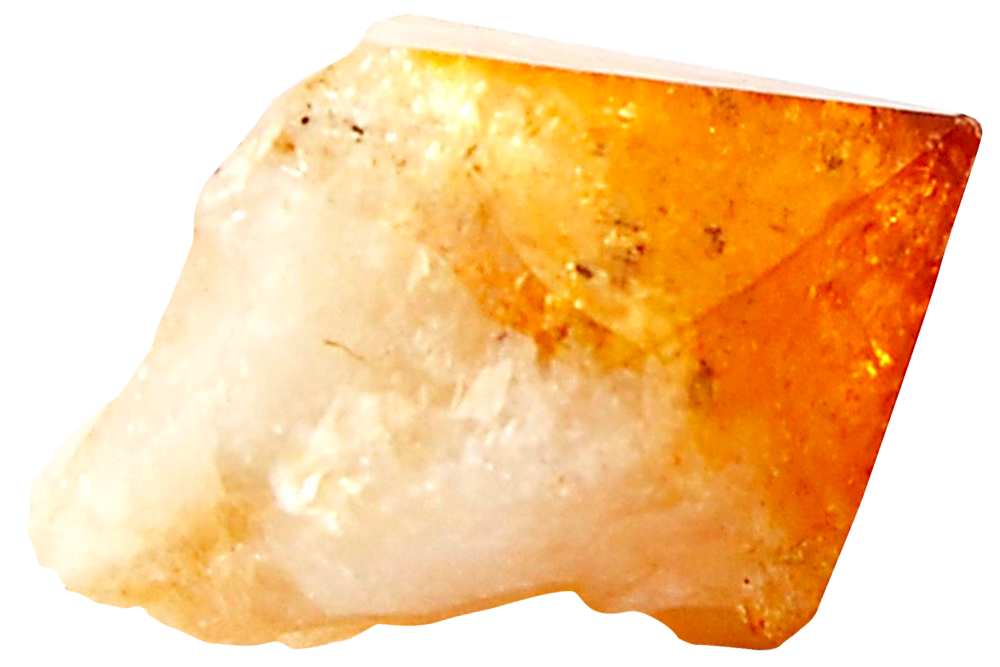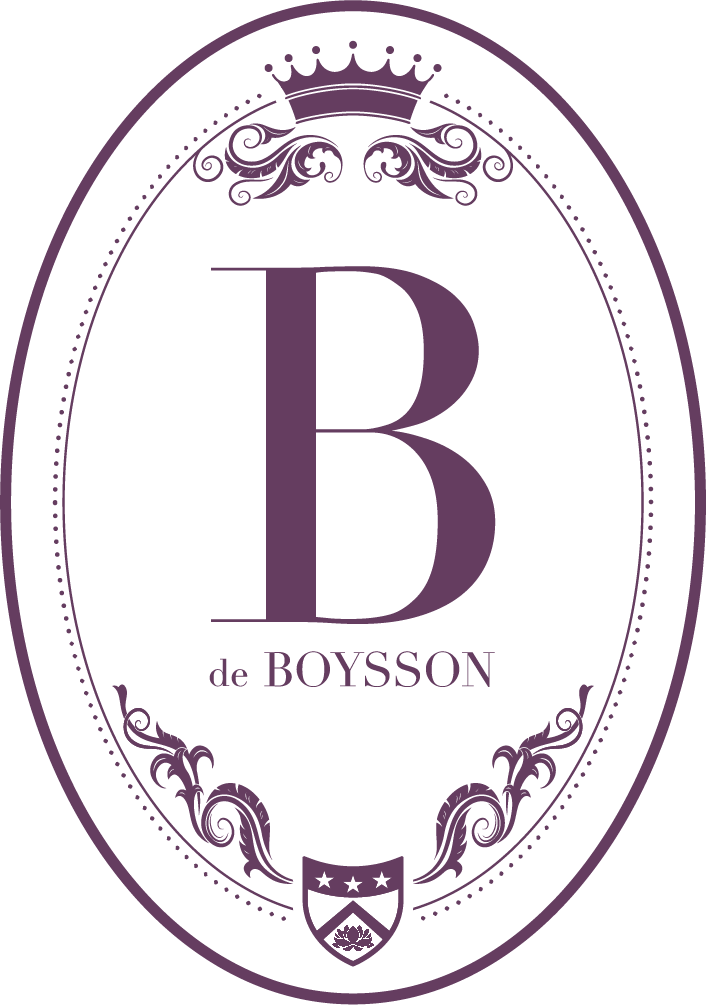
PROPERTIES
There are many hidden meanings in the use of Citrine. Known as The Merchant’s Stone or The Success Stone, the Citrine properties of wealth and abundance are some of its most well known. If seeking abundance in financial or business ventures, this is the stone to wear.
It enhances mental clarity and allows for the flow of ideas and visualizing as it is associated with the root, sacral and solar plexus chakras. By connecting with the sacral chakra, the citrine healing properties are most effective in stimulating an increase in sexual and creative fertility.

LEGEND
In the 17th century, Queen Victoria would become fascinated by the beauty of the stone, and as a result it would be used by Scottish men in kilt pins, shoulder broaches, and to adorn their swords and the handles of their daggers.


